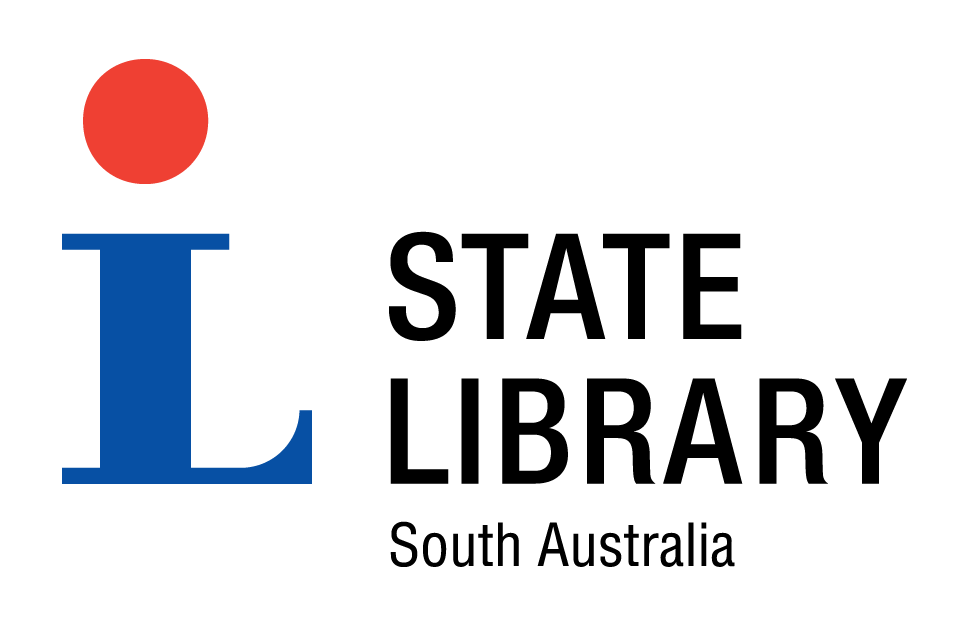
Sir Joseph Banks |
|||
|---|---|---|---|
| Title : | Sir Joseph Banks |

|
|
| Creator : | Thomas, E | ||
| Source : | Memoirs historical and scientific of the Right Honourable Sir Joseph Banks, Bart.: D.C.L. of the University of Oxford, more than forty years President of the Royal Society of London, member of the National Institute of Paris, &c, &c, &c, opp. title page | ||
| Place Of Creation : | Parramatta [N.S.W.] | ||
| Publisher : | E. Mason, Printer | ||
| Date of creation : | 1855 | ||
| Additional Creator : | Suttor, George, 1774-1859 | ||
| Format : | Book | ||
| Catalogue record | |||
| The State Library of South Australia is keen to find out more about SA Memory items. We encourage you to contact the Library if you have additional information about any of these items. | |||
| Copyright : | This item is reproduced courtesy of . It may be printed or saved for research or study. Use for any other purpose requires written permission from and the State Library of South Australia. To request approval, complete the Permission to publish form. |
| Description : |
A portrait of Sir Joseph Banks, President of the Royal Society. Banks was consulted by the English government regarding the possibilities of Australia for penal settlements, and maintained an interest in the exploration of the continent throughout his life. He first visited Australia in 1770 as a member of James Cook's explorations in the Pacific Ocean, which included the discovery by Europeans of Australia's east coast. He and his team of scientists made significant botanical collections of Australian plants, and engravings of the drawings of these were finally fully published between 1981 and 1988 as Bank's Florilegium. In 1779 he spoke before a House of Commons committee and advocated New South Wales as the best site for a new penal colony, based on his study of the soils and climate. This resulted in the settlement of Australia in 1788. Banks later sent collectors to Australia to gather botanical and zoological specimens, and encouraged the exploration of the continent. He also believed the Australian continent must contain large rivers capable of navigation, and even considered that there was an inland sea. This stimulated exploration of the interior. In 1801 Matthew Flinders asked Banks for support in his plans to explore and chart the Australian coastline, in particular the unknown southern coastline. Banks did provide this support, choosing the botanist, Robert Brown to accompany Flinders and writing his instructions. When Flinders was detained by the Governor of French owned Mauritius on his return voyage to England, Banks campaigned actively for his release. |
| Subjects | |
| Related names : | Banks, Joseph, Sir, 1743-1820 Suttor, George, 1774-1859 Cook, James, 1728-1779 Flinders, Matthew, 1774-1814 |
| Period : | Pre-1836 |
| Further reading : | O'Brian, Patrick, Joseph Banks, a life London: C. Harvill, 1987 Carter, Harold B. Sir Joseph Banks, 1743-1820 London: British Museum (Natural History), 1988 Lyte, Charles Sir Joseph Banks: 18th century explorer, botanist and entrepreneur Sydney: Reed, 1980 Maiden, J. H. Sir Joseph Banks, the "father of Australia" Sydney: William Applegate Gullick, Govt. Printer; London: Kegan Paul, Trench, Trubner & Co. Ltd., 1909 Banks' florilegium: a publication in thirty-four parts of seven hundred and thirty-eight copperplate engravings of plants collected on Captain James Cook's first voyage round the world in H.M.S. Endeavour, 1768-1771 ... London: Alecto Historical Editions in association with the British Museum (Natural History), 1981-1988 |
| Internet links : | |
| Exhibitions and events : | State Library of South Australia: Mortlock Wing. Taking it to the edge August 2004- |


